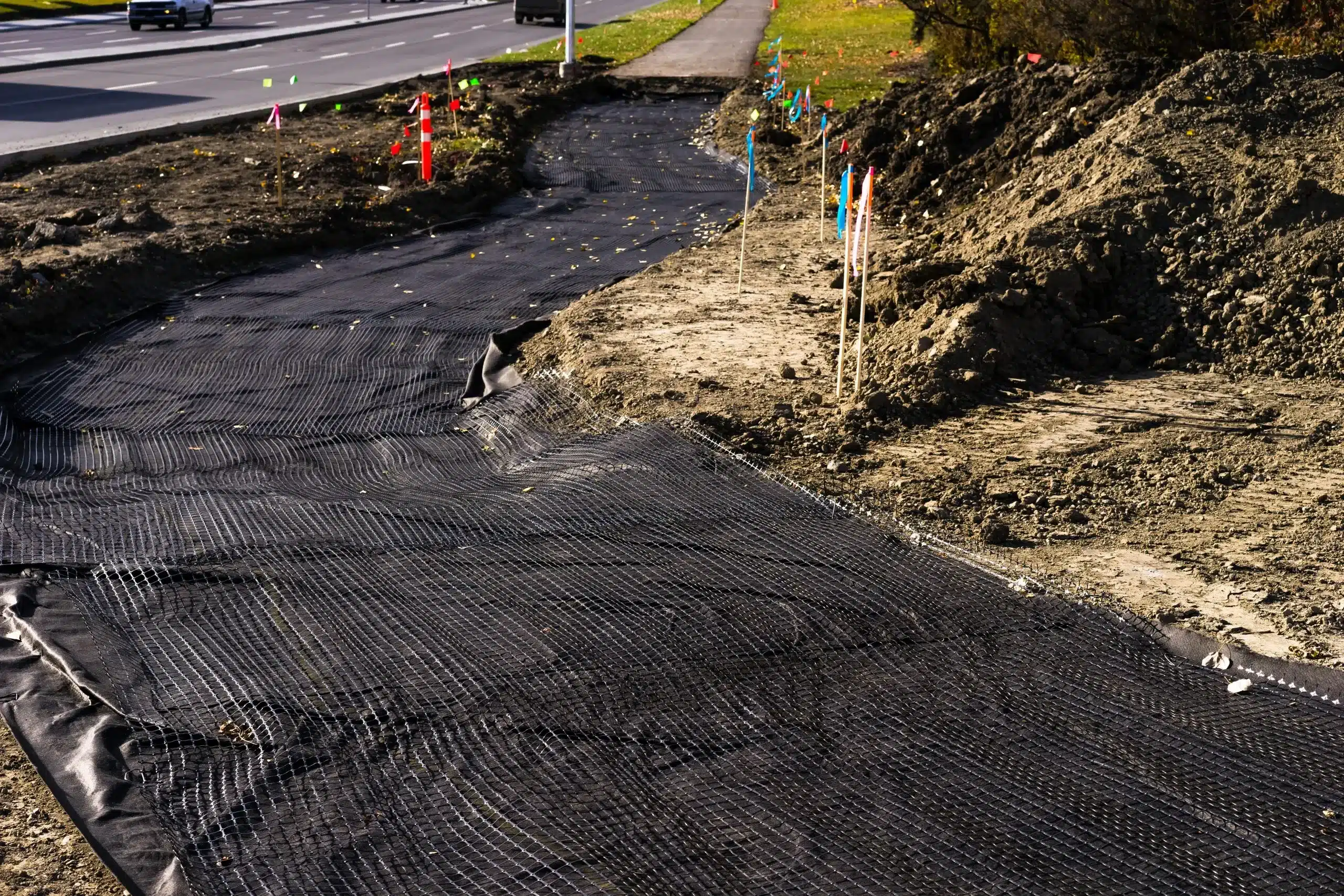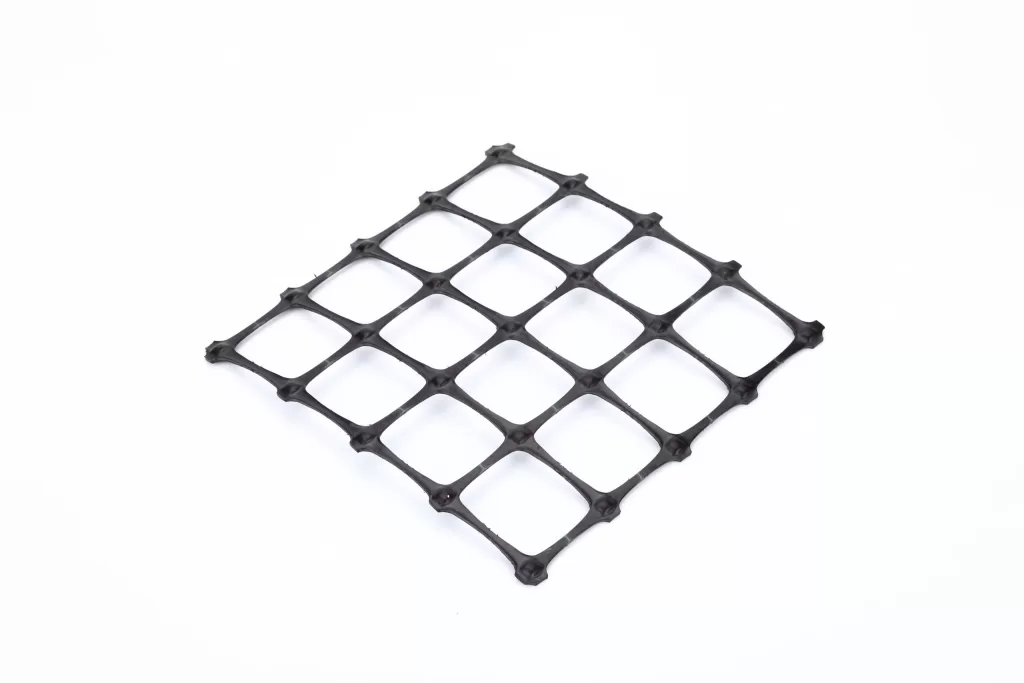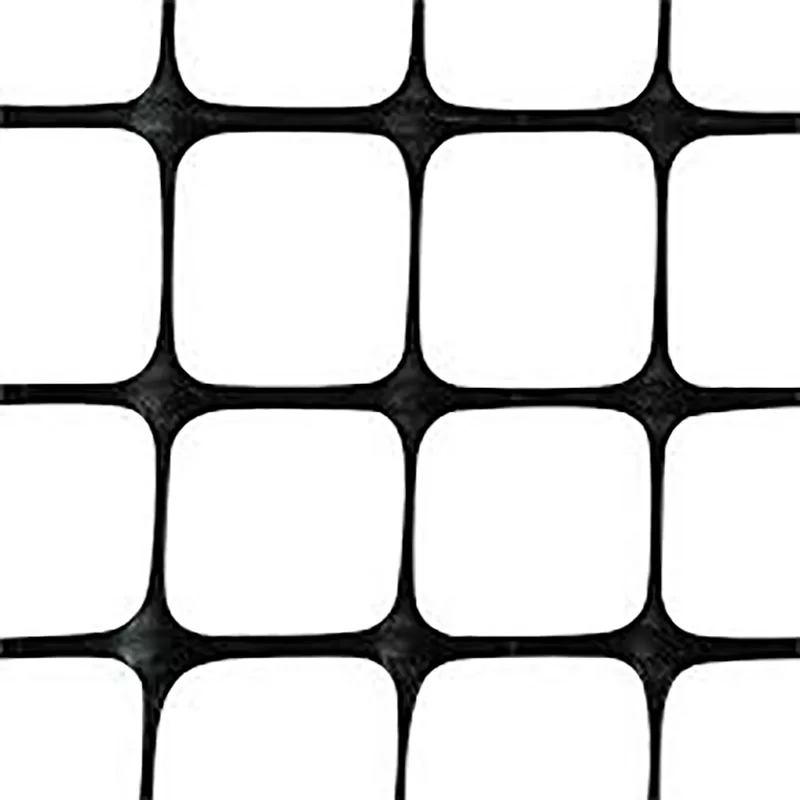+86-159 9860 6917
info@geofantex.com
geofantex@gmail.com
+86-400-8266163-44899
Geogrids are essential components in modern construction, particularly in retaining wall projects. These synthetic grids are designed to reinforce soil, adding strength and stability to structures. Their use is increasingly popular due to their efficiency, cost-effectiveness, and long-term performance. In this article, we’ll explore the role of geogrids in retaining walls, answering key questions that help understand their purpose, benefits, and environmental impact.
Do I Need Geogrid for a Retaining Wall?
Yes, geogrid is often necessary for retaining walls, especially those exceeding a certain height or subjected to significant loads. It is essential in retaining walls, particularly those above three or four feet, as geogrids distribute the weight across a broader area, preventing the wall from failing under pressure. Without geogrid reinforcement, retaining walls are more prone to shifting, bulging, or collapsing over time. Using geogrid ensures the wall remains stable and secure, even under challenging conditions.

What Is the Purpose of a Geogrid?
The primary purpose of a geogrid is to reinforce soils and similar materials used in construction. In retaining walls, geogrids interlock with the soil, creating a stronger, more cohesive structure. This reinforcement allows the wall to withstand lateral forces, such as pressure from the earth behind it, and prevents erosion. By providing this added support, geogrids extend the life of retaining walls and reduce the need for frequent maintenance.
What Is the Difference Between Geogrid and Geotextile?
Geogrid and geotextile are both used in soil reinforcement, but they serve different functions. Geotextiles are manufactured for separation, filtration, and drainage purposes, whereas geogrids are manufactured specifically as a reinforcement material. Geogrids are typically used for structural reinforcement, providing tensile strength to hold soil in place. Geotextiles, on the other hand, are used mainly for filtration, separation, and drainage. They prevent soil from mixing with other materials, ensuring proper drainage and soil stability. While both are crucial in construction, geogrids are more focused on enhancing the mechanical properties of the soil, whereas geotextiles are used to control soil behavior and movement.
Is the Geogrid Environmentally Friendly?
Geogrids are considered environmentally friendly for several reasons. They are made from durable, long-lasting materials that reduce the need for frequent replacements, with no adverse effect on the environment. Additionally, by reinforcing soil and preventing erosion, geogrids help maintain the natural landscape and reduce the environmental impact of construction projects. Some geogrids are also made from recycled materials, further enhancing their environmental benefits. Overall, the use of geogrids contributes to more sustainable construction practices.
Geogrids play a critical role in the stability and longevity of retaining walls. They are essential for reinforcing soil, preventing erosion, and ensuring that walls can withstand the forces they encounter. Understanding the purpose and benefits of geogrids, as well as their environmental impact, highlights their importance in modern construction. Whether you’re building a small garden wall or a large commercial structure, incorporating geogrid can significantly enhance the project’s success.



Get Free Sample
We’ll respond as soon as possible(within 12 hours)






















